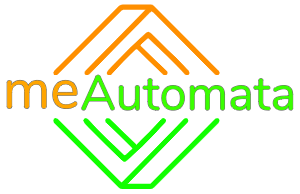
GECanales

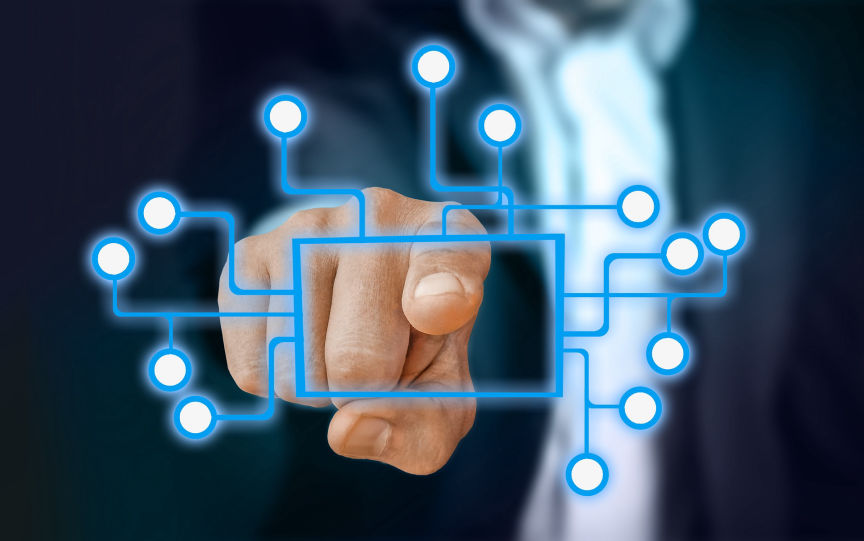
Basic automation takes simple, rudimentary tasks and automates them. This level of automation is about digitizing work by using tools to streamline and centralize routine tasks, such as using a shared messaging system instead of having information in disconnected silos.
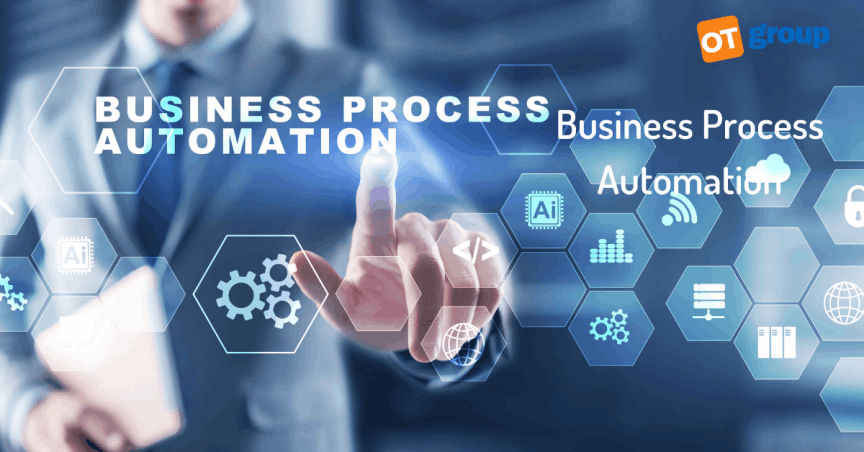
Process automation manages business processes for uniformity and transparency. It is typically handled by dedicated software and business apps. Using process automation can increase productivity and efficiency within your business. It can also deliver new insights into business challenges and suggest solutions. Process mining and workflow automation are types of process automation.
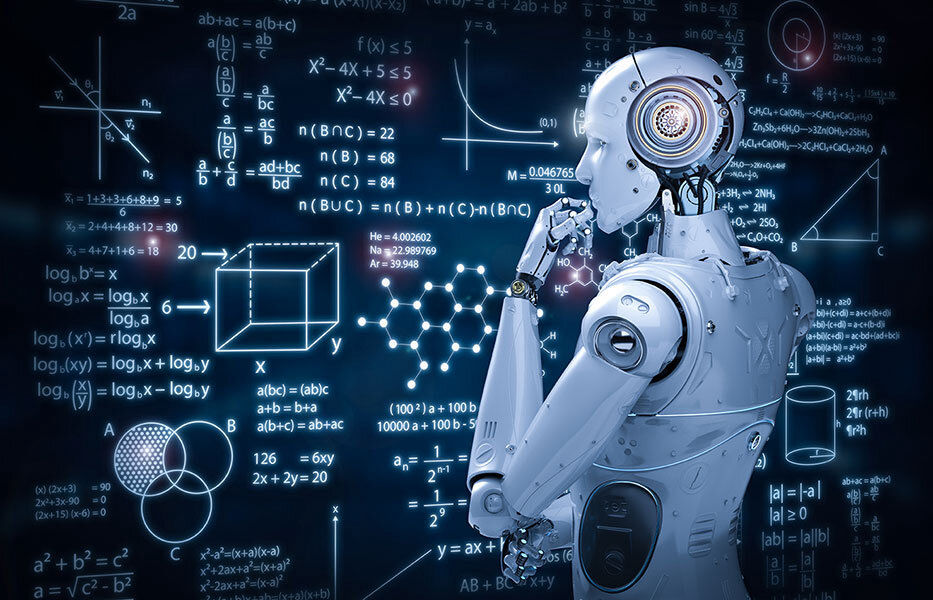
Integration automation is where machines can mimic human tasks and repeat the actions once humans define the machine rules. One example is the “digital worker.” In recent years, people have defined digital workers as software robots that are trained to work with humans to perform specific tasks. They have a specific set of skills, and they can be “hired” to work on teams.
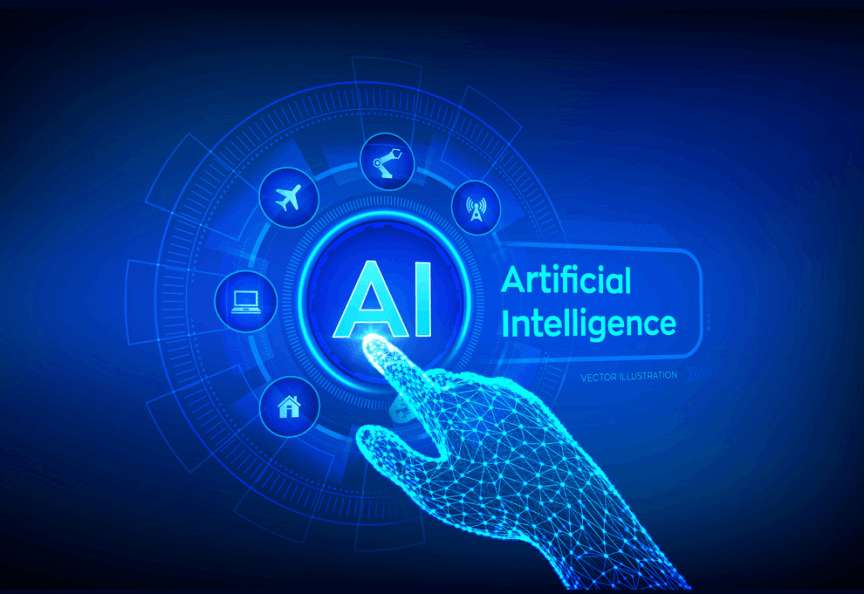
The most complex level of automation is artificial intelligence (AI) automation. The addition of AI means that machines can “learn” and make decisions based on past situations they have encountered and analyzed. For example, in customer service, virtual assistants powered can reduce costs while empowering both customers and human agents, creating an optimal customer service experience.
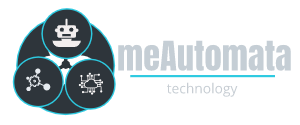
coming soon...
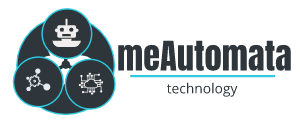
Automation encompasses everything activities both mundane and business-critical. Basic automation is programmed to perform a repetitive task so humans don't have to.
AI is programmed with logic and rules to mimic human decision making. AI can be used to detect threats such as changes in user behavior or
increased data transfers.
Machine learning uses data and experiences to learn without additional programming. It offers more sophisticated and informed insights with
each new dataset.
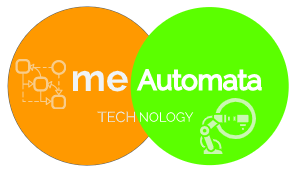
Machine learning and workflow
Machine learning is triggering new processes, rerouting running
processes and making action recommendations.
Hyper-automation
Hyper-automation is the merging of machine learning, software and
automation tools to maximize the number of automation processes.
Intelligent automation
AI systems will be able to automate robot configurations and use
predictive and probabilistic processing to learn and interact.
Intelligent industrial robots
Robots will perform multiple tasks, make decisions, and work
autonomously, including self-diagnostics and maintenance.
Low-code or no-code workflow
Workflow software requiring minimal or no coding will be a priority to
make process automation accessible to the organization.